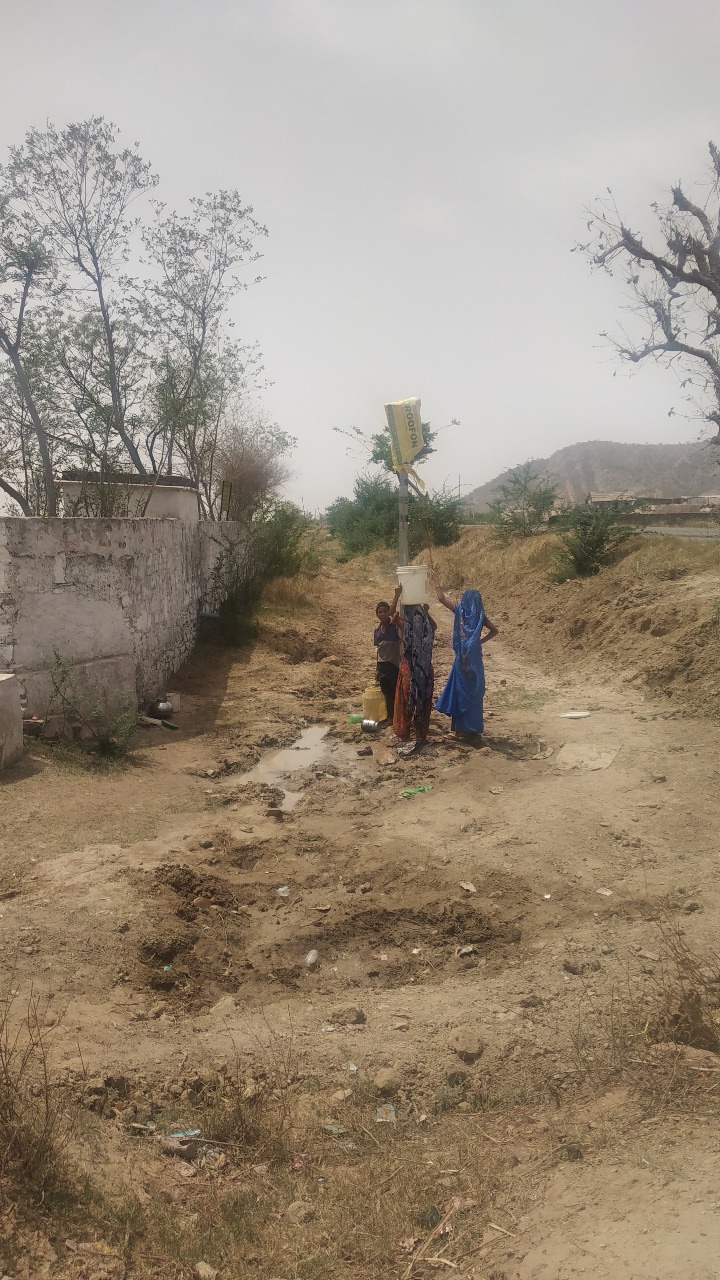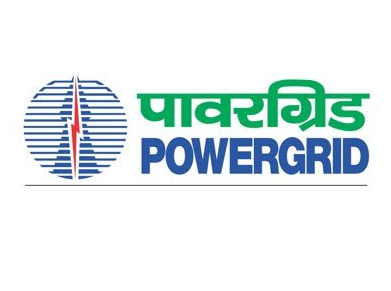
In the season of summer the temperature remains between 45 to 50 degrees Celsius and it’s going to be super tough, especially for the women. Unfortunately, 25% of the rural Rajasthan suffered from the problem of fluoride in the ground level drinking water.
The story is of a village name Ravidaspura, which falls in Nagar block of district Bharatpur, Rajasthan. Bharatpur borders with the two states Uttar Pradesh and Haryana where river and streams flows but this part seems to have water scarcity in terms of accessibility.
The water in the district supplies through Band Baretha a dam built on river Kukund, and now with the installation of Chambal pipeline the people living in the city got huge relief. But the conditions in the villages are still horrible and scary. As according to a report 215 dams out 285 are dry, decline in groundwater by 62.7% clearly gives the message not only about water scarcity but also of saving the water people who have easy accessibly to it.
In the above picture two women with her daughter are standing below a Chambal project pipeline going through Deeg-Alwar highway with a bucket on top of head and collecting the slow droplets of the water. When enquired about the time taken process of filling a bucket like this she said “at least 2-3 hours, and then we have to put extra effort in carrying the bucket till home which is a km away”.
After intervening about more problems attached towards the issue Rashmi a 35 year old women says “Chambal project pipeline is still not installed in our village, due to which a drum of
water costs us 5o rupees for drinking water and it lasts for 2-3 days. For the daily use we fetch water from narrow diged well from cut bottle of cold drink in night. We have a government installed RO plant, but it doesn’t work. The life is too difficult for us now”
Another 22 year old girl girl Gulshan says”(Just outside our village a main Chambal water line is passing. The valve is leaking and those drops becoming hope for the people. Poor women who can’t afford drinking water, they stand below the leakage, carrying a bucket for hours to have a drinking water”
During menstrual cycle carrying water like this become more challenging, due to this many a time children has to miss schools. Even girls and women scared there to stand because of the nearest alcohol hub. Water scarcity is not just limited to accessibility of availability, but it also a matter of concern towards gender equality, school drop outs and sometime may lead to unfortunate incident such as sexual harassment as well.
The hopes in leaked drops of water are still alive in a school girl of the village. By jumping and juggling she screams loudly “Paani aa jayega to hume roj school jaane ko milega”.(If water pipeline directly come in our houses, we will be also able to go school regularly”.
It’s just a small village consisting population of 750 people. Let’s just hope these pipeline just not passes from big highway, instead provides a thinner pipelines in the nearby villages as well.
Authored by Akashy Ojha, the writer has done MA Development Communication from Jamia Millia Islamia and he is a social development practitioner with working experience of four years in social sector with non-profit.


.jpg)